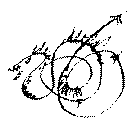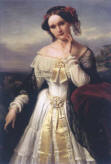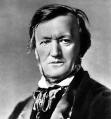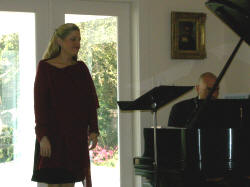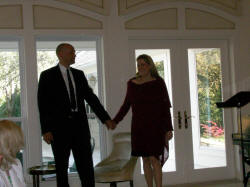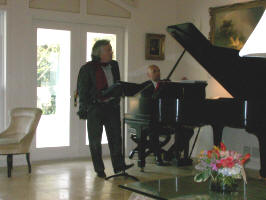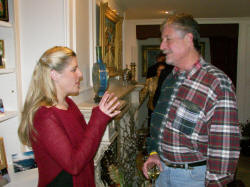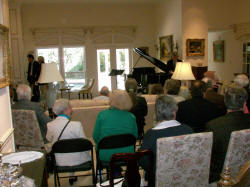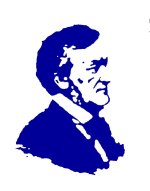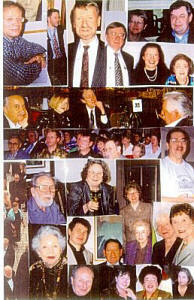|
The
Wagner Society |
|
|
|
Wagner Society of Dallas Wesendonck Lieder |
WSD EVENTS 2006-7
|
Programs for 2005 - 2006
|
Desiree Mays |
|
| March 5, 2006 |
Red Carnations, an opera by Robert Baksa presented by Dallas Opera Education Department and SMU |
All dates and events subject to change.
It's That Time Again!
Please Renew your Membership in
the Wagner Society of Dallas
Annual Membership Fee is $25 Per Person
Click HERE for PDF Membership Form

Welcome to The Wagner Society of Dallas. You know, as Texans, we're bound to strive for being the biggest and best of all the Wagner groups in the world over. My hope, in addition, is that we ensure your attendance and participation by offering an interesting, stimulating, and enjoyable array of meetings, recitals, and travel. Let us know if you have suggestions for future activities, and do make an effort to join in during the coming months with your membership, attendance, and above all joy of being with fellow Wagner aficionados. Roger Carroll The Wagner Society of Dallas - Virginia R.
Abdo and Dr. James T. Wheeler, The Wagner Society of Dallas is devoted to furthering the enjoyment and appreciation of the music of Richard Wagner. The Dallas group is one of many Wagner Societies all over the world. It is a non-profit organization open to anyone who enjoys the works of Richard Wagner and who would like to participate in the Society’s activities. The Wagner Society of Dallas has monthly meetings and programs which feature recitals, lectures, video screenings, receptions for opera singers and personalities, and trips to Wagner performances in other cities. We welcome music lovers who are already familiar with Wagner’s works as well as those who may want to become more knowledgeable about Wagner’s music. Member Benefits include attendance at programs, our newsletter, discount on books and CD’s, advance notice of events and selected ticket services, receipt of the Membership Directory, ticket allotments to Bayreuth, and an active link with fellow Wagnerians throughout the world. |
